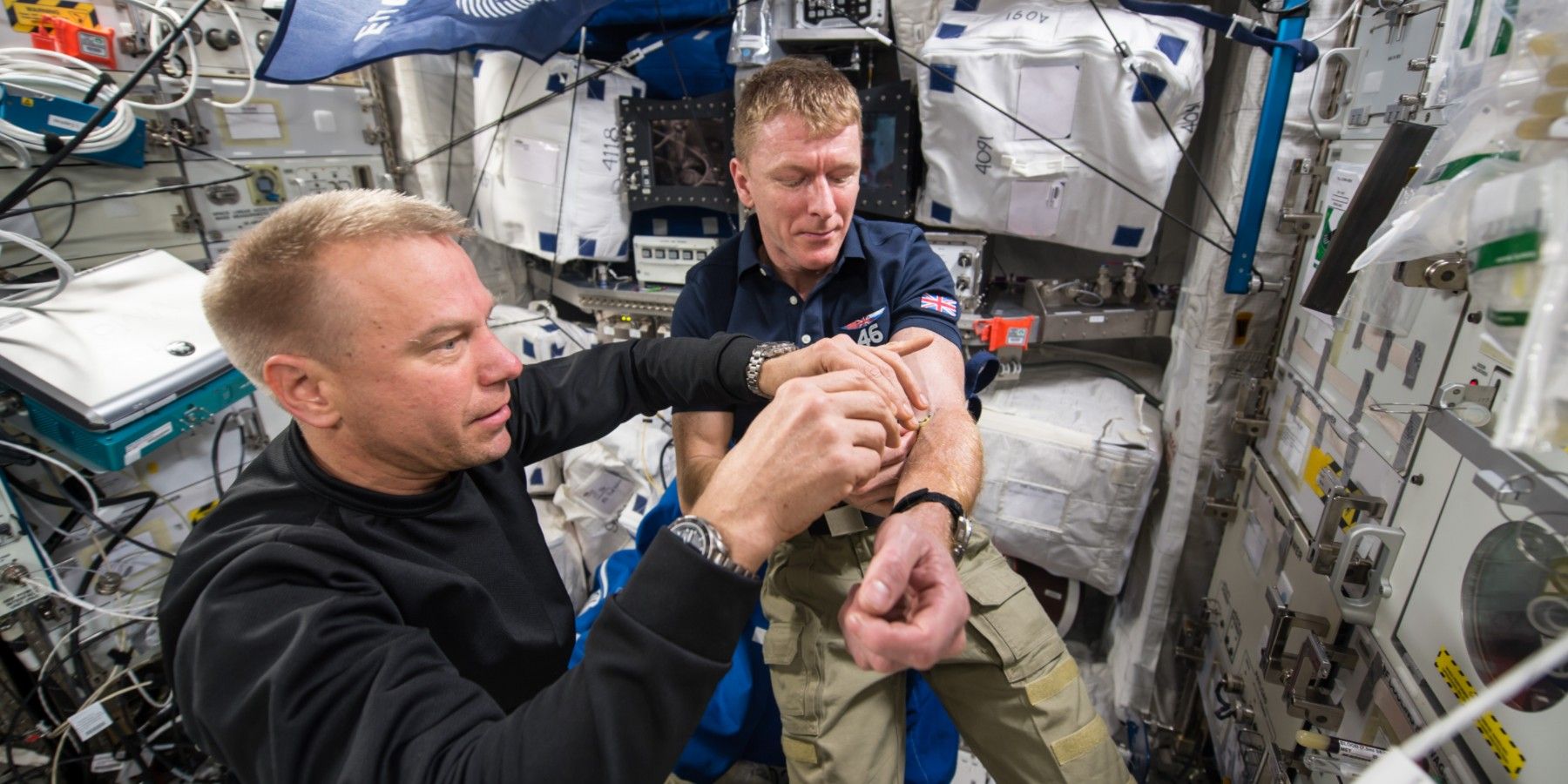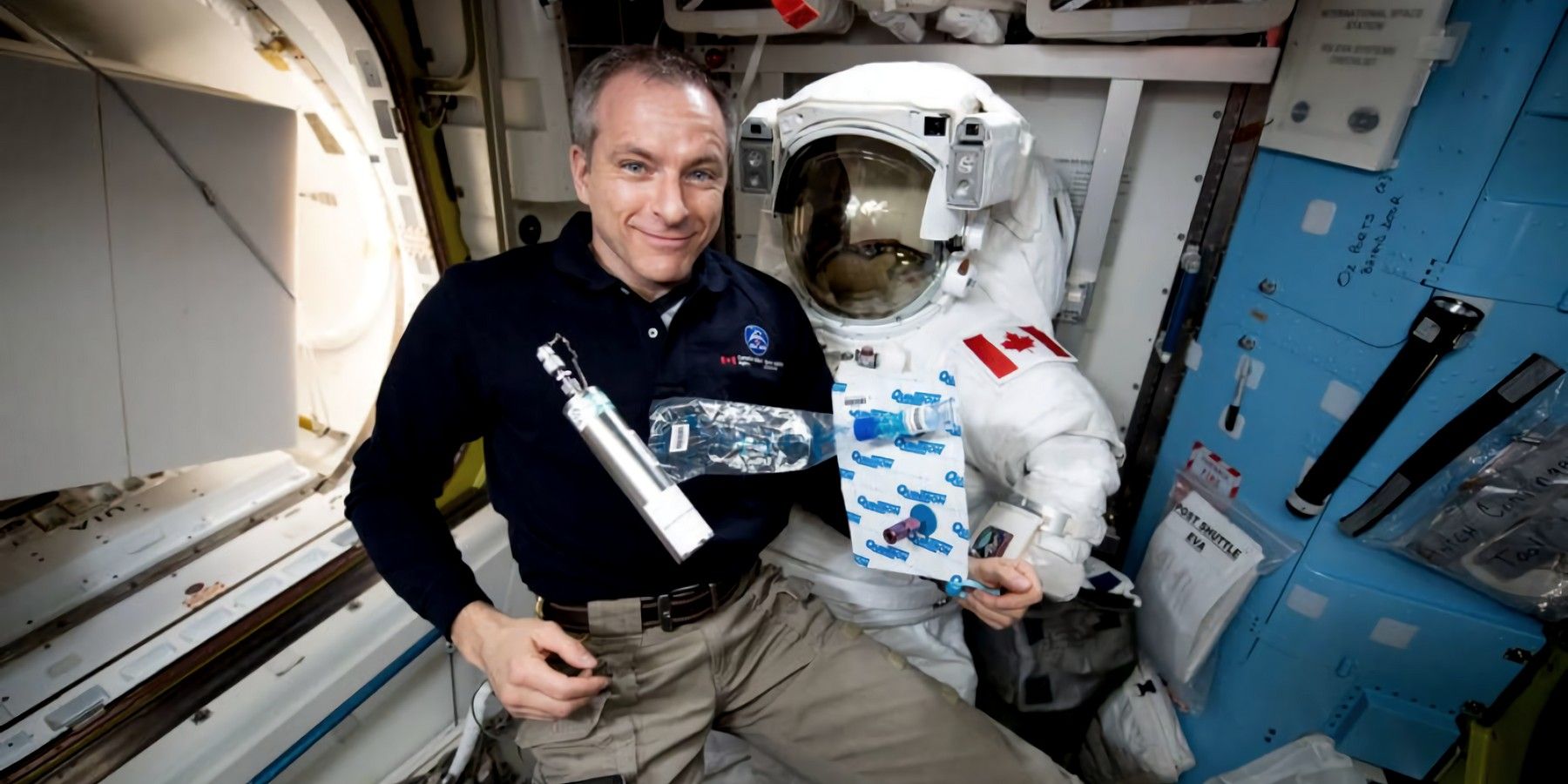A new study shows that a long stay in space pushes the human body to destroy 54 percent more red blood cells than it would usually do on Earth, a finding that puts prospects of ambitious projects like putting people on Mars — or even further exploration missions — into jeopardy. Commonly known as space anemia, the reduced concentration of red blood cells in the body of astronauts returning from space has been known for over a decade. Also known as “Astronaut anemia,” NASA first began to study the impact of long-term space flight in 2016.
Red blood cells carry oxygen inside the human body and a lack of these cells results in a condition called anemia. It can affect both physical and mental functioning, both of which need to be in top condition to qualify for space missions. Lower than normal levels of red blood cell concentration can lead to issues such as fatigue, decreased strength, misfiring cognitive capabilities, and out-of-shape heart activity. The MARROW study has finally concluded a key phase, and it doesn’t sound very promising for space exploration goals.
Titled “Hemolysis contributes to anemia during long-duration space flight” and published in Nature Medicine, the research reveals that the bodies of astronauts destroyed 54 percent more red blood cells in space than they would do on Earth. As part of the research, a team from the University of Ottawa studied fourteen astronauts who embarked on six-month trips to the International Space Station between 2015 and 2020. Astronauts participating in the study collected air coming out of their lungs, ambient air samples, and a blood sample following a fixed schedule. Breath and blood samples were collected just before the flight, four times while floating in space, and up to one year after the journey. The study concluded that hemolysis is a primary effect of microgravity that humans experience during space flight.
A Special Diet Can Fix It, Maybe
It was found that the effects of long-term space flight on the red blood cell chemistry of the human body persisted to some extent even one year after the journey. The human body destroys about two million red blood cells every second via a process called hemolysis, but during an extended stay in space, that number reaches three million every second. Aside from the ill effects mentioned, a lower red blood cell count can also impair the healing capabilities of astronauts when an injury causes bleeding. “Having fewer red blood cells in space isn’t a problem when your body is weightless, but when landing on earth and potentially on other planets or moons, anemia affecting your energy, endurance, and strength can threaten mission objectives,” lead author Dr. Guy Trudel said in a University of Ottawa media release.
Importantly, the research proposes that a person’s hemolytic condition should be taken into consideration during the strict screening and monitoring process for both astronauts and billionaires taking joyrides. A manned spacecraft will take about nine months to reach Mars, and upon landing on the Red Planet, astronauts could definitely feel the effects of space anemia. To overcome the problem, the team behind the research proposes that astronauts should be put on a special diet to make up for the accelerated hemolysis effects. However, it is still unclear exactly how long the human body can cope up with this space-based enhanced rate of red blood cell destruction.
Source: Nature Medicine, University Of Ottawa



